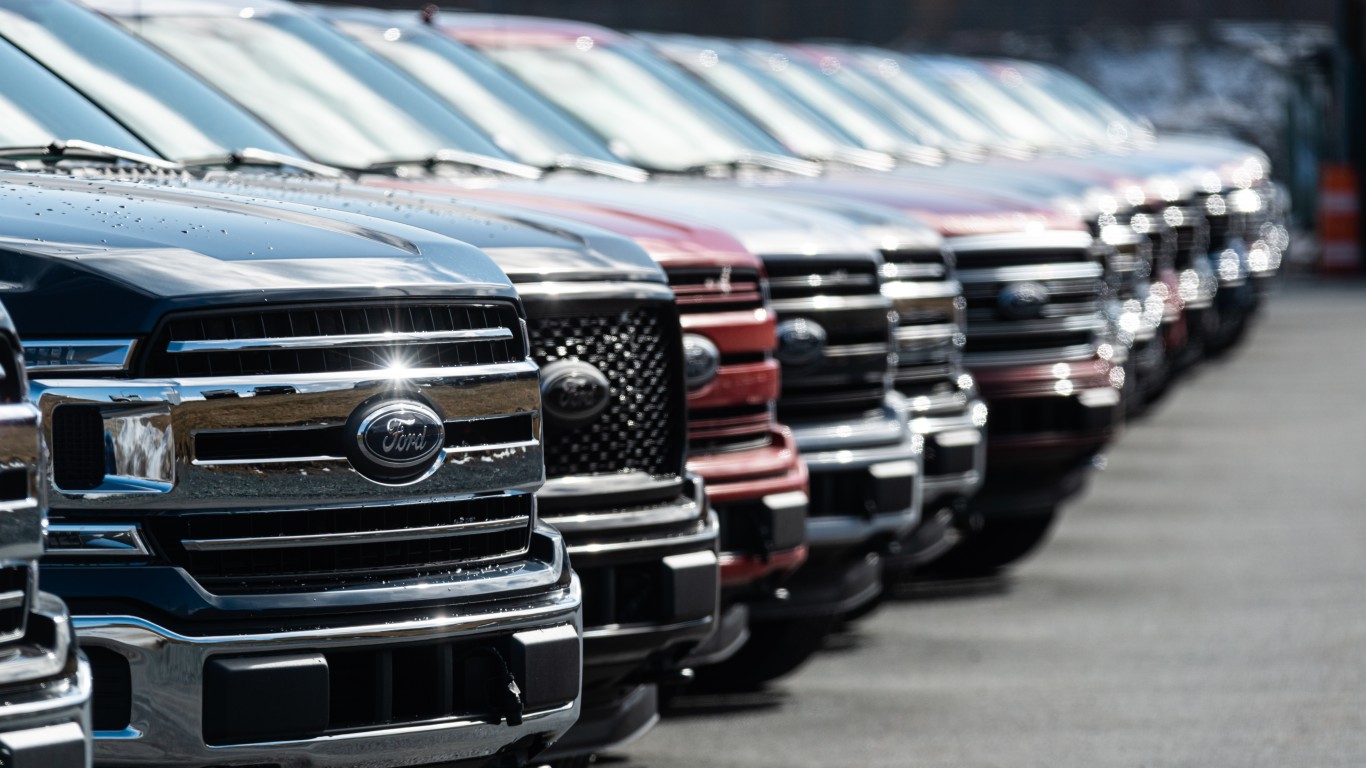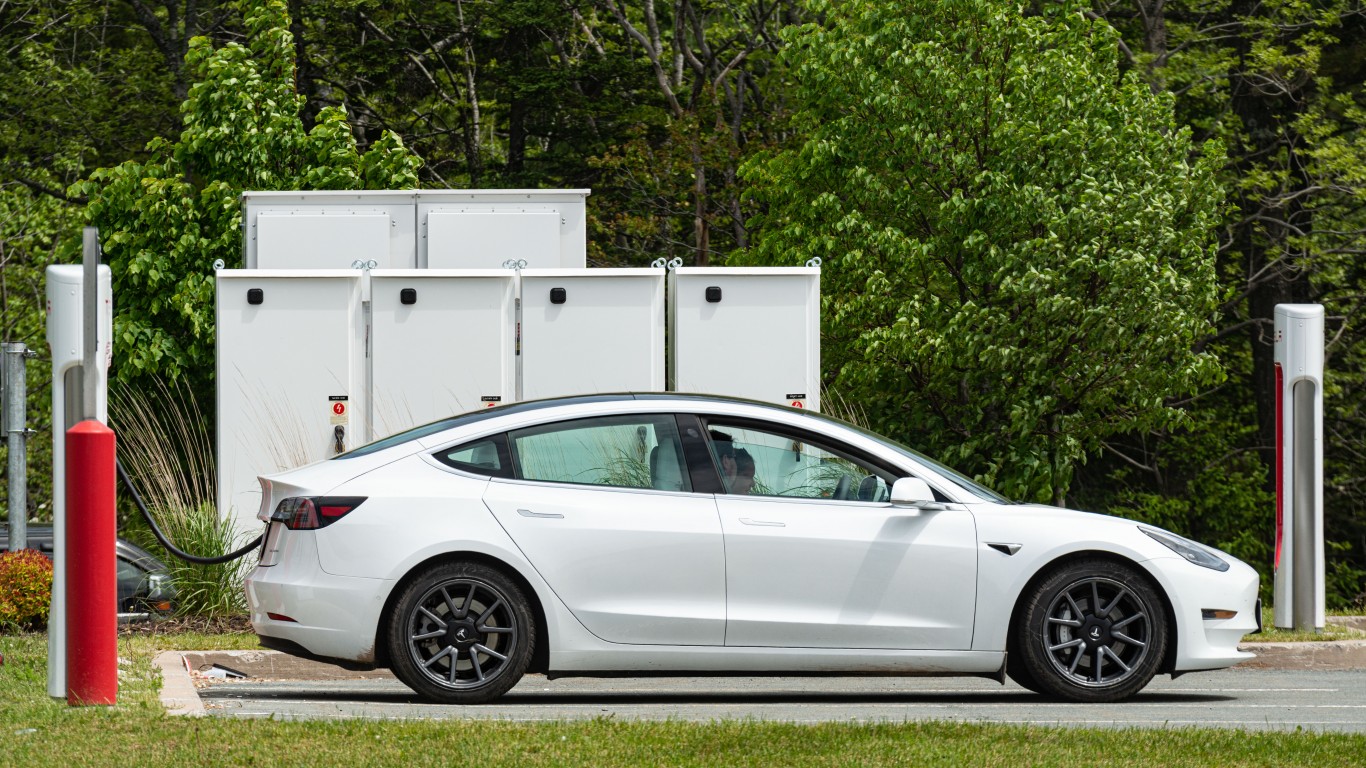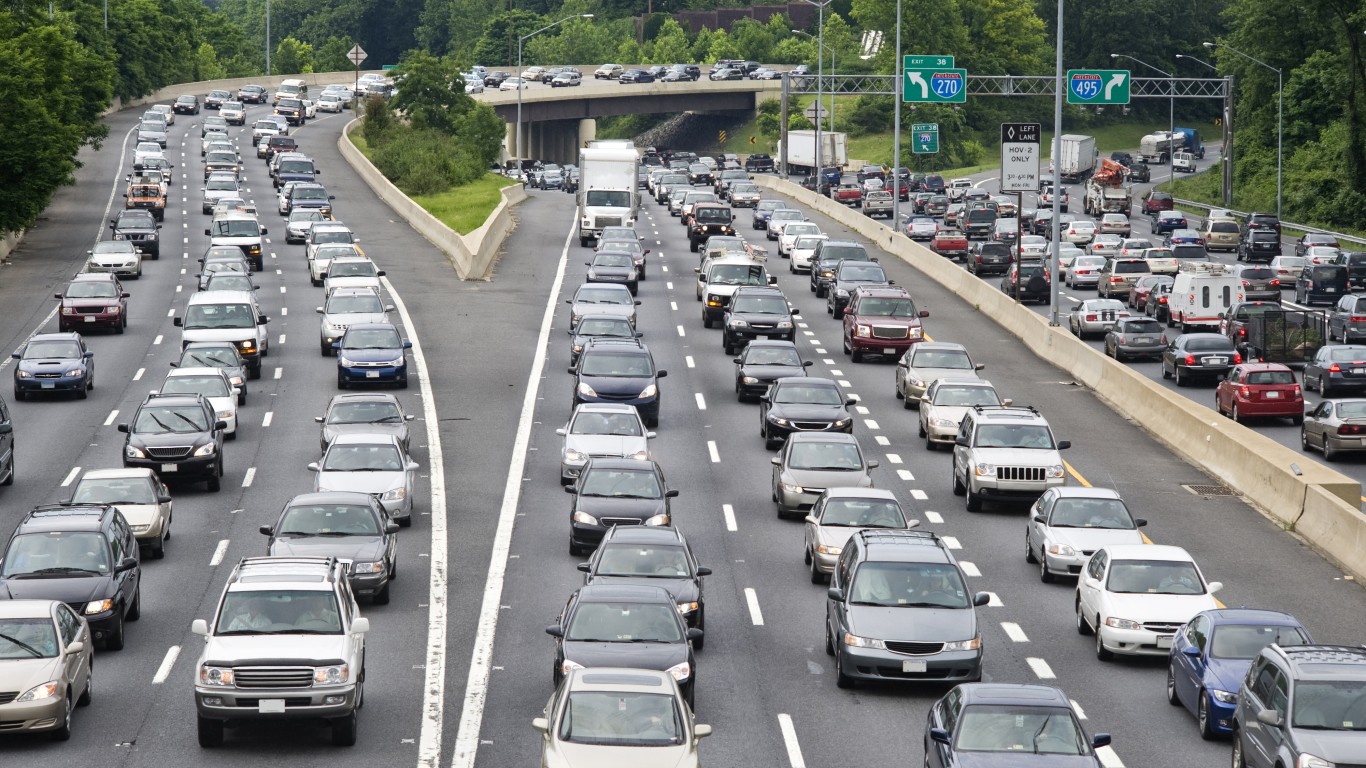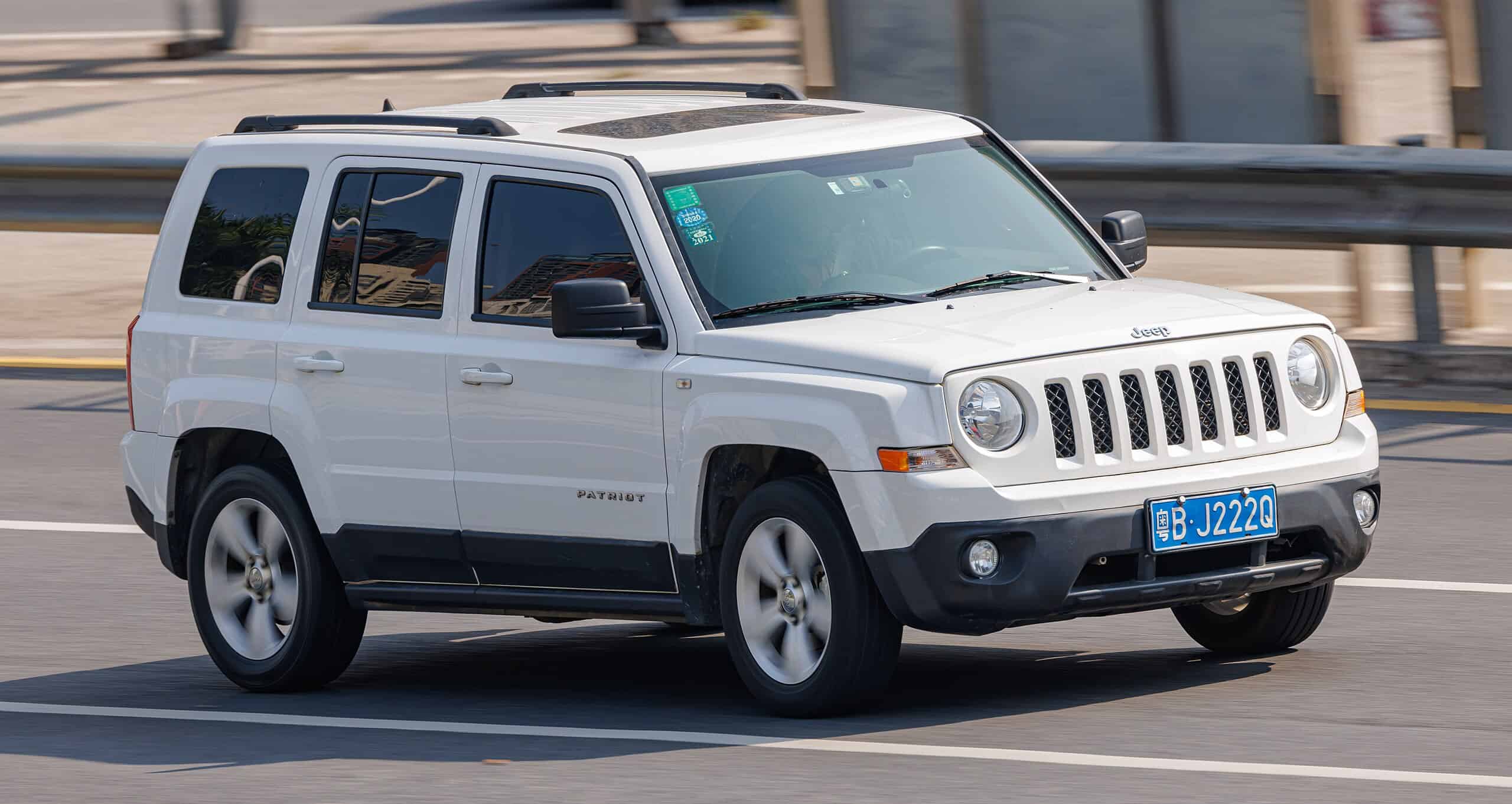
As part of the beloved Jeep brand, hopes were high that the Jeep Patriot would be a hit. Unveiled in 2006 at the New York Auto Show, the Jeep Patriot was expected to hit customer garages in 2007. Offered as a Sport, Latitude, Limited, and High Altitude trims, the Patriot offered customers many options. Compared to the success of the Jeep Wrangler, the Jeep Patriot was a definite disappointment.
Even though Jeep tried to keep customers interested with a refresh in 2011, it wasn’t the hit Jeep wanted. Unfortunately, by 2017, the Patriot was discontinued. With cars out of production, you can usually find them relatively inexpensively, even in good condition. However, using research from CarComplaints, CoPilot, and Consumer Reports, we can list the model years you absolutely need to avoid.
Avoid: 2008
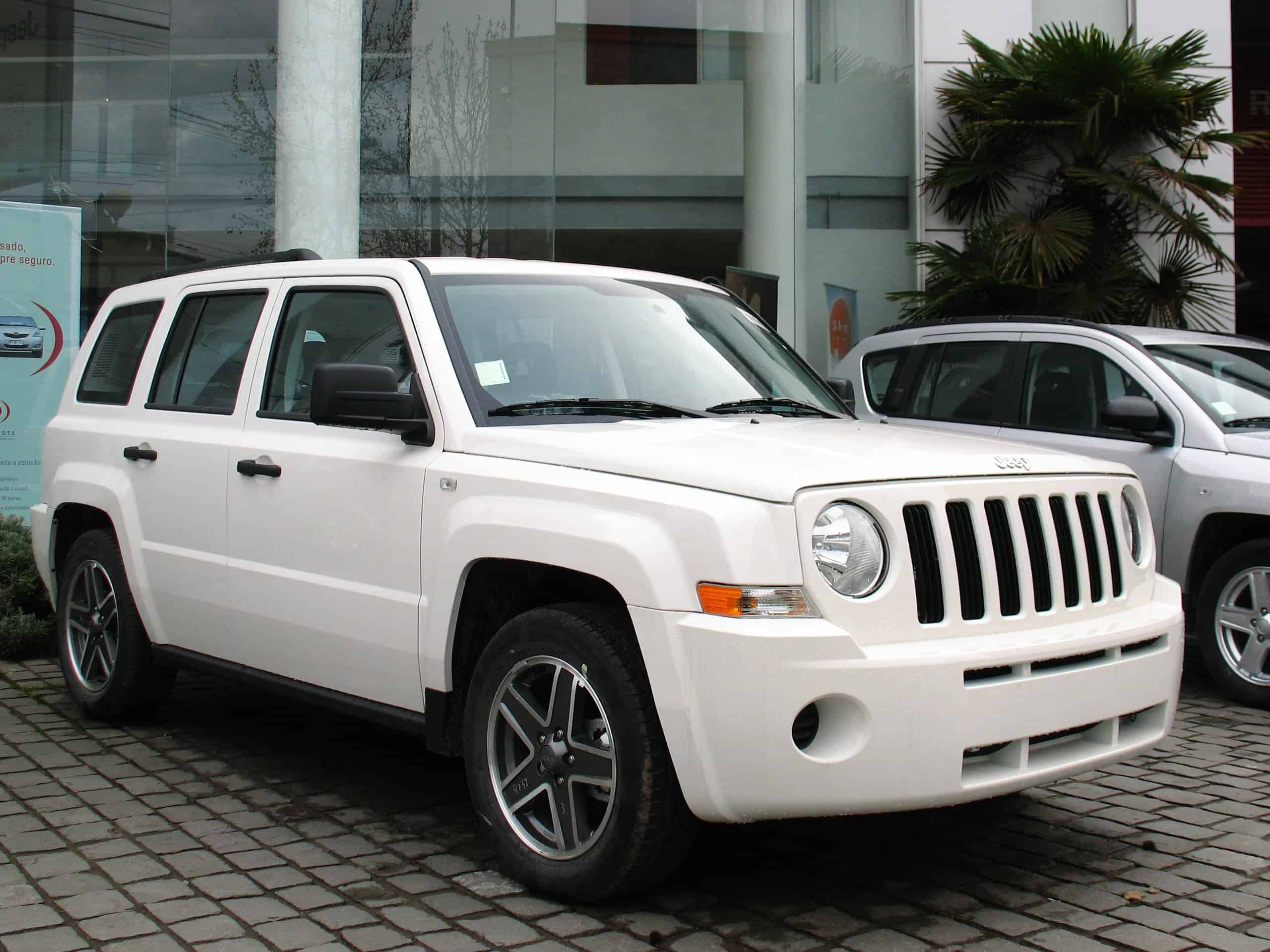
The Jeep Patriot’s worst year was 2008 when it received 436 NHTSA (National Highway Transportation & Safety Administration) complaints. Tops among these complaints were exterior body issues, specifically a leaky sunroof. It wasn’t uncommon for Patriot owners to immediately complain about water getting into the vehicle. Alternatively, leaks could also get into the dashboard, shorting out the radio and the headlights.
The issue became so pressing that some Patriot owners could not drive their vehicles when it was raining. Fuel system problems were also a concern, with customers complaining that filling a gas tank would take too long. While 2008 doesn’t have the most NHTSA complaints overall, total repair and maintenance costs added up, making 2008 the most expensive Jeep Patriot to fix or maintain. Needless to say, avoid the 2008 Jeep Patriot at all costs.
Avoid: 2009
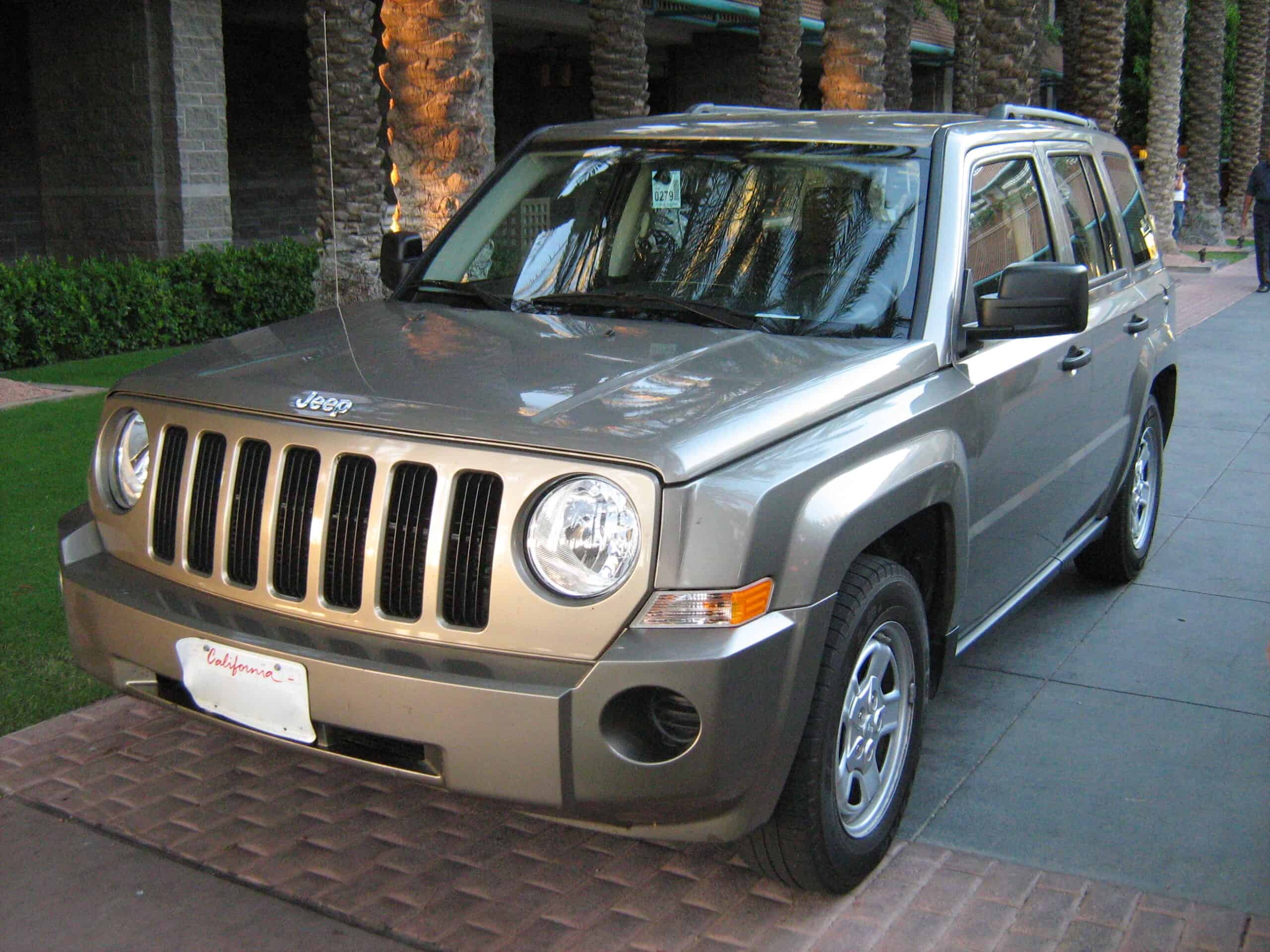
The second-worst model year for the Jeep Patriot was undoubtedly 2009. Following up in 2008, Jeep didn’t make enough changes to satisfy customers. With 382 NHTSA complaints filed in 2009, it’s easy to see why it’s a year to avoid. Water in the vehicle seemingly remained unchanged from 2008, an issue that caused many Jeep buyers to be incredibly frustrated with new vehicles. Jeep knew this was a prominent customer issue, so it remains unclear why it wasn’t fixed with a new model year.
Leaks aside, transmission issues were also a major focal point in 2009. Between high-pitched noises when trying to slow the vehicle down or the transmission simply overheating, it was a frustrating and expensive repair. Unfortunately, no recalls were ever issued to resolve any major 2009 model-year problems, making it an easy recommendation to avoid. Even if you can find a used 2009 model for a steal of a price, stay away.
Avoid: 2011

With 460 NHTSA complaints, 2011 had more overall complaints than 2008, but 2008 repairs were more costly, making it the most difficult year. However, 2011 remains a definite year to avoid with the Jeep Patriot. In 2011, you saw several issues, including engine issues. Primarily, the focus on the engine was around difficulty starting the vehicle, losing power, or the engine simply cutting out.
When you factor in airbag problems in 2011, this model year doesn’t look any better. Issues with airbags not deploying were a major concern and would not be addressed until a 2013 recall. Perhaps most damaging to the Jeep Patriot’s reputation is that Consumer Reports called the 2011 Jeep Patriot “mediocre.” This a pretty brutal way to describe what Jeep hoped would be a big seller in its lineup. The bottom line is that the 2011 Jeep doesn’t stand out from the crowd, not to mention the seats were not very comfortable.
Avoid: 2012
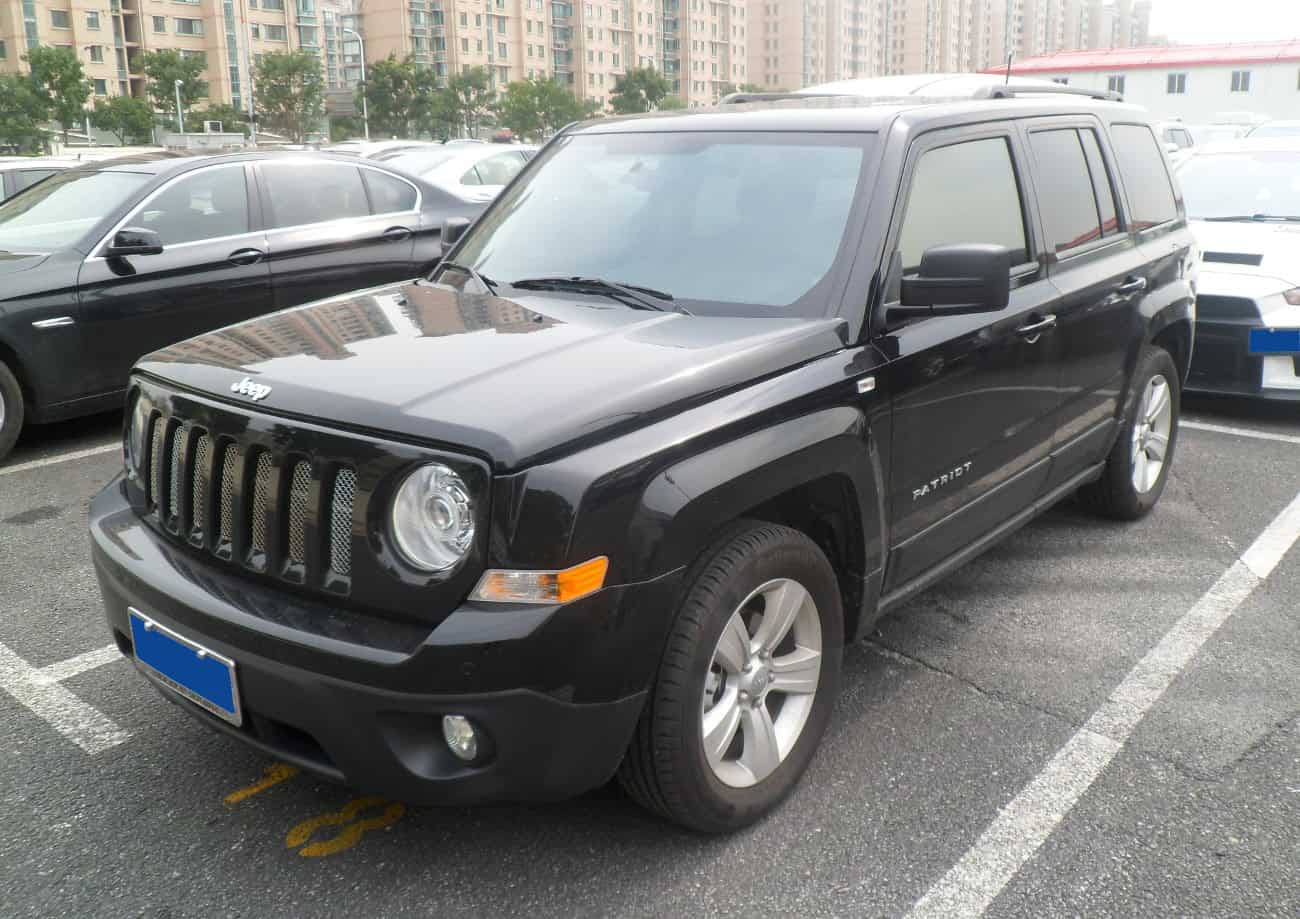
According to Consumer Reports, the 2012 Jeep Patriot remained a mediocre vehicle. Even without this label, the 2012 situation worsens considering there were 534 total NHTSA complaints. Engine complaints remained the biggest issue with the Jeep Patriot and carried right into 2012. Engine stalling while driving was the biggest driver of NHTSA concerns, but it wasn’t just the engine that was problematic in this model year.
According to CoPilot, the CVT transmission in the Jeep was faulty. Between a whining noise, overheating, and difficulty accelerating, you could expect repair costs upward of $3,900 if your 2012 Jeep Patriot is out of warranty. Needless to say, that’s a hugely expensive cost on top of other concerns around the headlights randomly turning off, power windows not working, or turning blinkers not activating. All things considered, avoiding the 2012 Jeep Patriot is good for your sanity and wallet.
Avoid: 2014
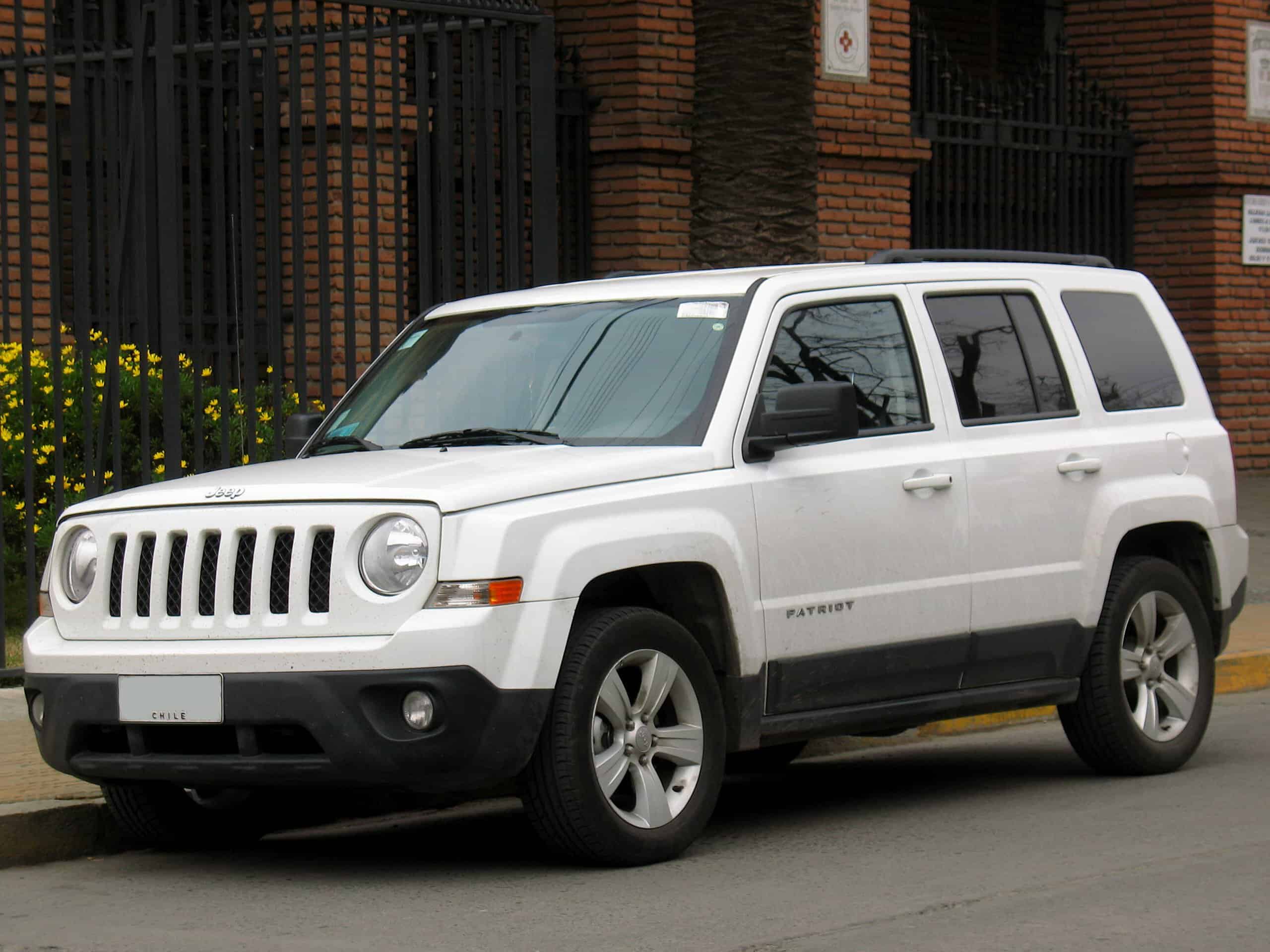
The bad news is that 2014 saw even more NHTSA complaints, totaling 857. Unlike most vehicles, which see NHTSA complaints go down year after year, the 2014 Jeep Patriot saw complaints go up by 60%. There isn’t anything positive to really say about the 2014 Jeep Patriot. On the other hand, at the top of the negative list for 2014 is an airbag problem that cannot be overlooked or ignored.
Between the airbags either not deploying or exploding on impact, at least 23 injuries were reported and 2 deaths as a result of these issues. Worse, these issues happened at an average of 15,990 miles, according to CarComplaints, so it is not at all a high mileage issue. If this was at high mileage, you might be more willing to note that these issues happen over 100,000 miles when you expect more issues with a vehicle’s primary safety components. As this isn’t the case, and when you pair this issue with engine and electrical problems, stay far away from the 2014 Jeep Patriot.
Avoid: 2015
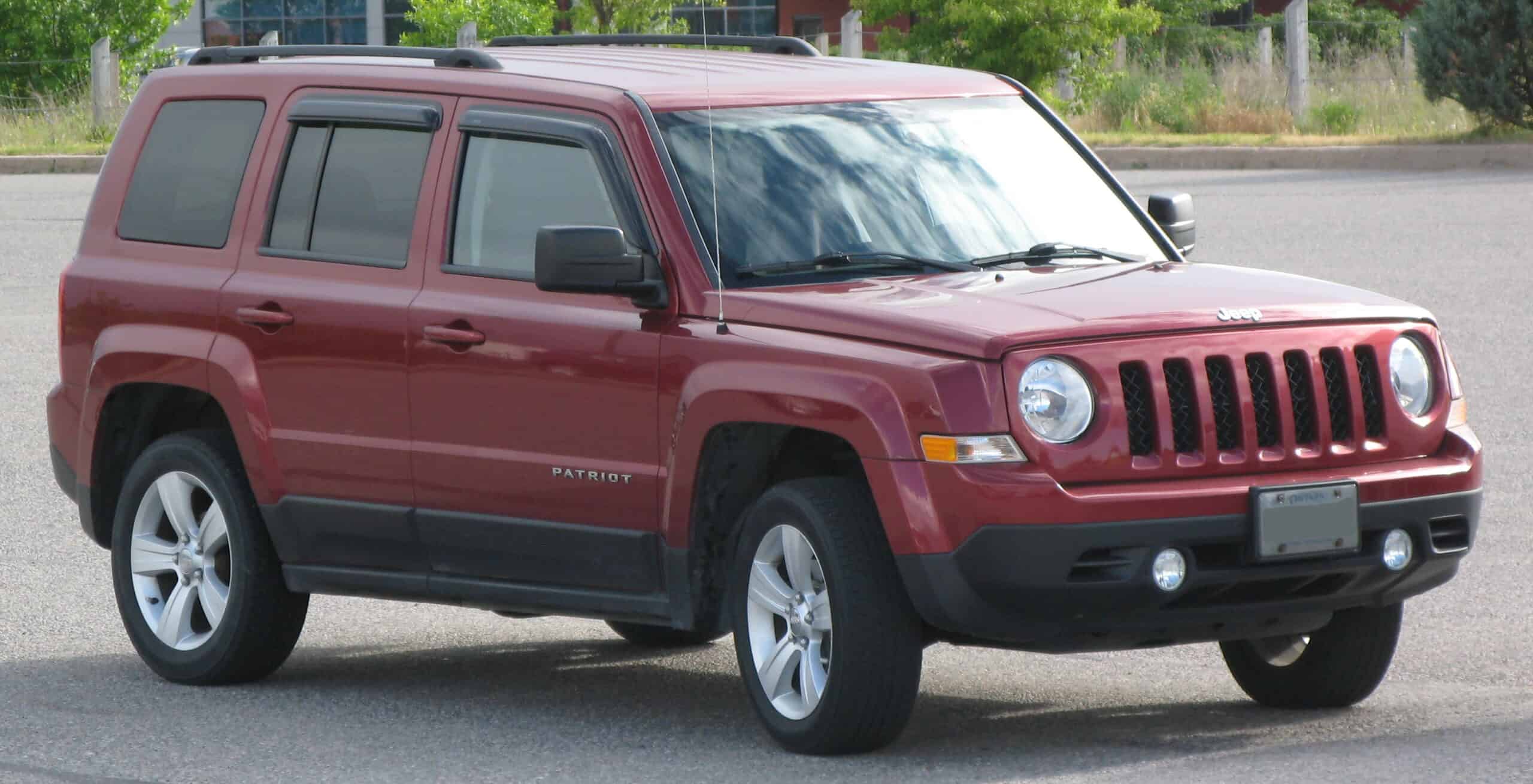
Even with a reduction in NHTSA complaints to just 426, CoPilot still calls 2015 the worst Jeep Patriot year ever. Between the stalling engine, which is incredibly unsafe while driving, and the lack of a check engine light warning when you need to check your engine, the 2015 model is among the most dangerous Jeep Patriot model years around. Over 126 complaints were filed with the NHTSA, and 30% were related to engine issues.
While you would also hope that Jeep would have fixed the water leak issue, it’s still a major issue for Patriot owners years after it was first identified. What’s also notable is that crash test results were worse for the 2015 model year than previous years. Small overlap for the Driver was rated “Poor” by the IIHS (Insurance Institute for Highway Safety), which should have been a major red flag for potential buyers. Once again, it goes without saying that avoiding the 2015 Jeep Patriot is a necessity.
Avoid: 2016
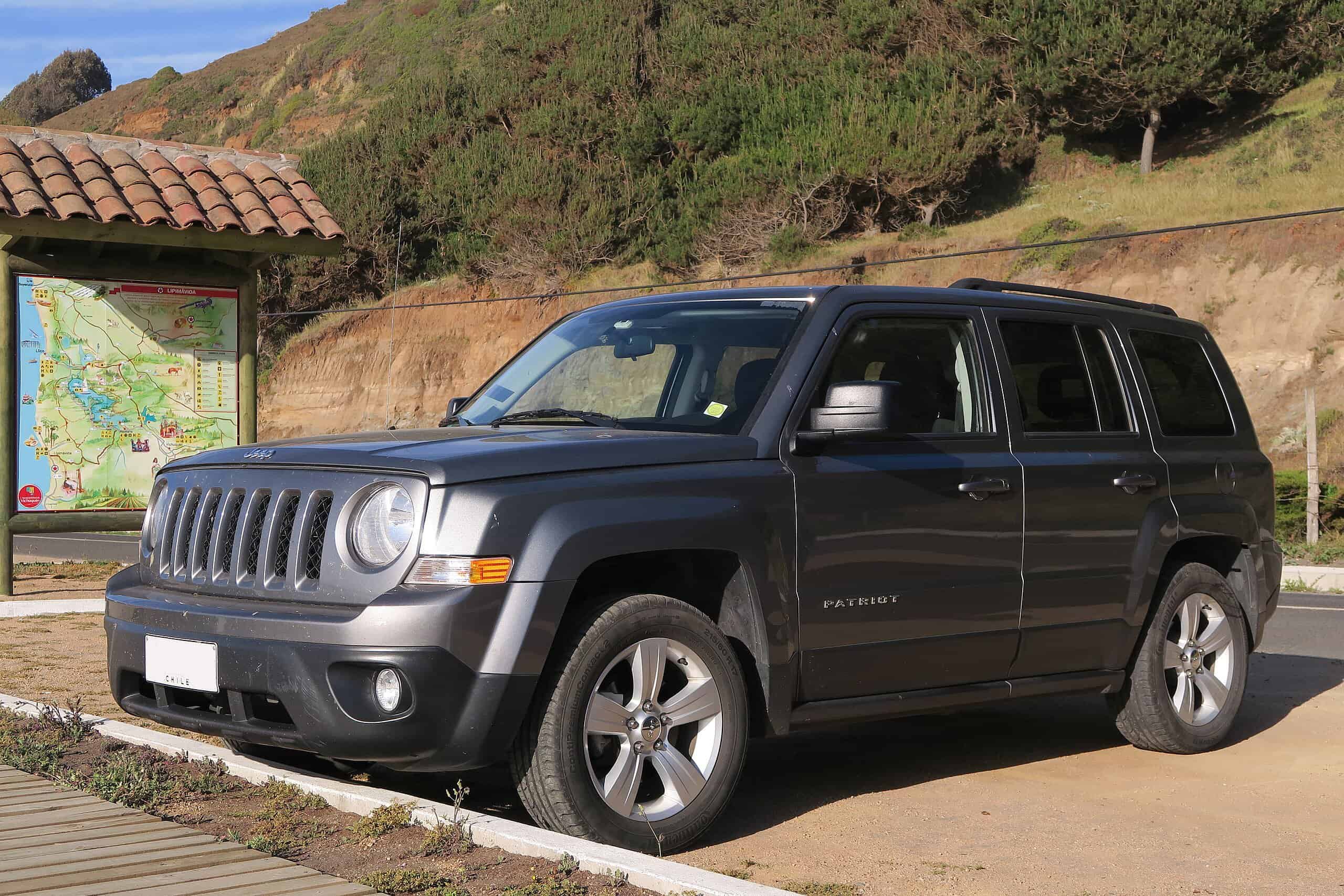
Suffice it to say that the second-to-last model year of the Jeep Patriot didn’t show any major signs of improvement. The main problems continued with water leaking into the cabin, squeaky brakes, and the Jeep Patriot not accelerating whenever the gas model was pressed. At the very least, airbag issues did not appear to be a major factor in 2016, but it’s hard to ignore how long that problem went on overall.
Another major issue for 2016 was the CVT transmission failing well ahead of its lifespan. Patriot owners would complain of overheating warnings, whining noises, and the inability to accelerate the vehicle, all stemming from transmission issues. According to CarComplaints, engine issues resulted in at least 4 crashes with the 2016 Jeep Patriot, leading to at least one major injury. All things considered, you should avoid the 2016 Jeep Patriot as best as possible.
Take Charge of Your Retirement In Just A Few Minutes (Sponsor)
Retirement planning doesn’t have to feel overwhelming. The key is finding expert guidance—and SmartAsset’s simple quiz makes it easier than ever for you to connect with a vetted financial advisor.
Here’s how it works:
- Answer a Few Simple Questions. Tell us a bit about your goals and preferences—it only takes a few minutes!
- Get Matched with Vetted Advisors Our smart tool matches you with up to three pre-screened, vetted advisors who serve your area and are held to a fiduciary standard to act in your best interests. Click here to begin
- Choose Your Fit Review their profiles, schedule an introductory call (or meet in person), and select the advisor who feel is right for you.
Why wait? Start building the retirement you’ve always dreamed of. Click here to get started today!
Thank you for reading! Have some feedback for us?
Contact the 24/7 Wall St. editorial team.
